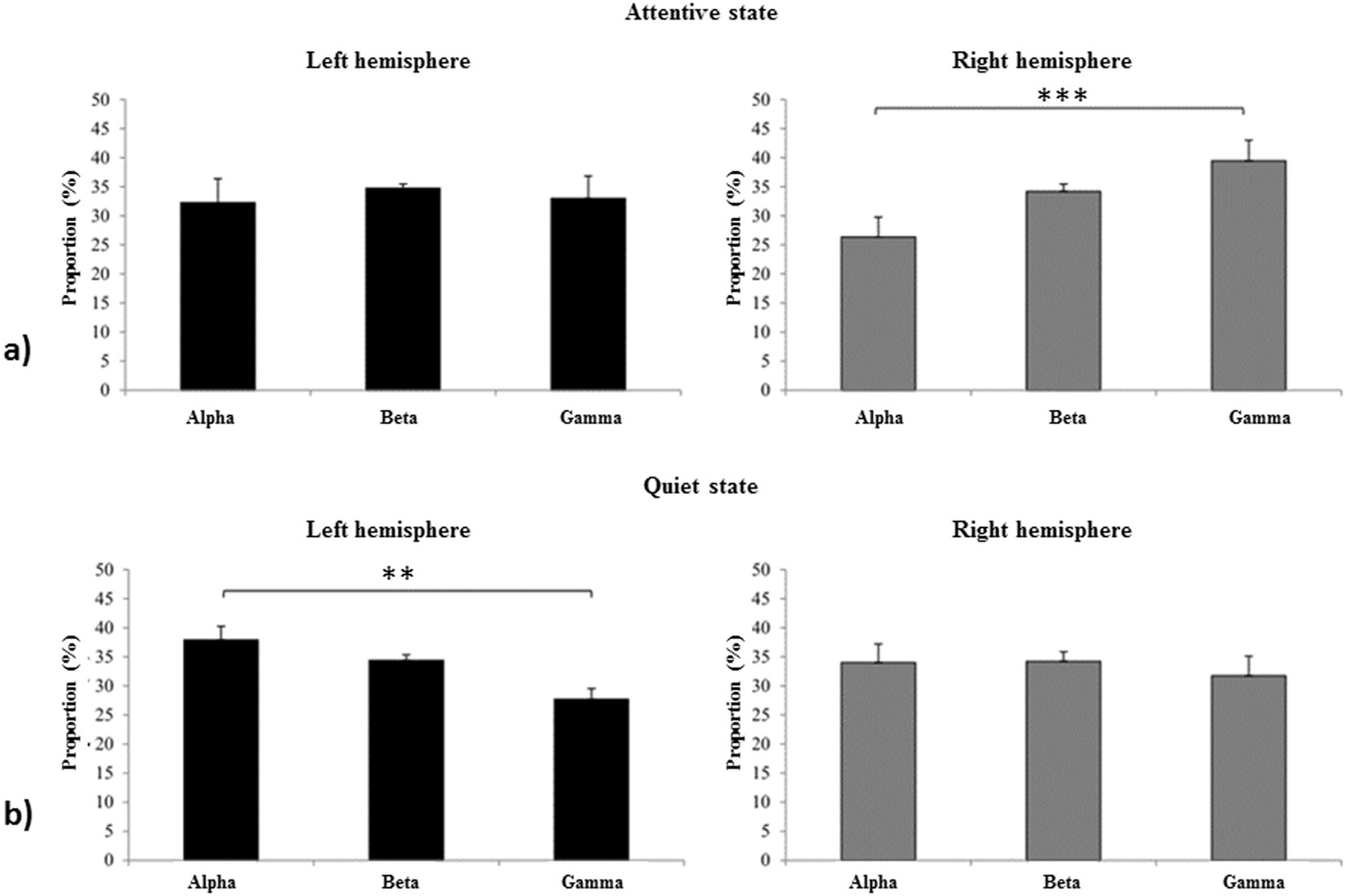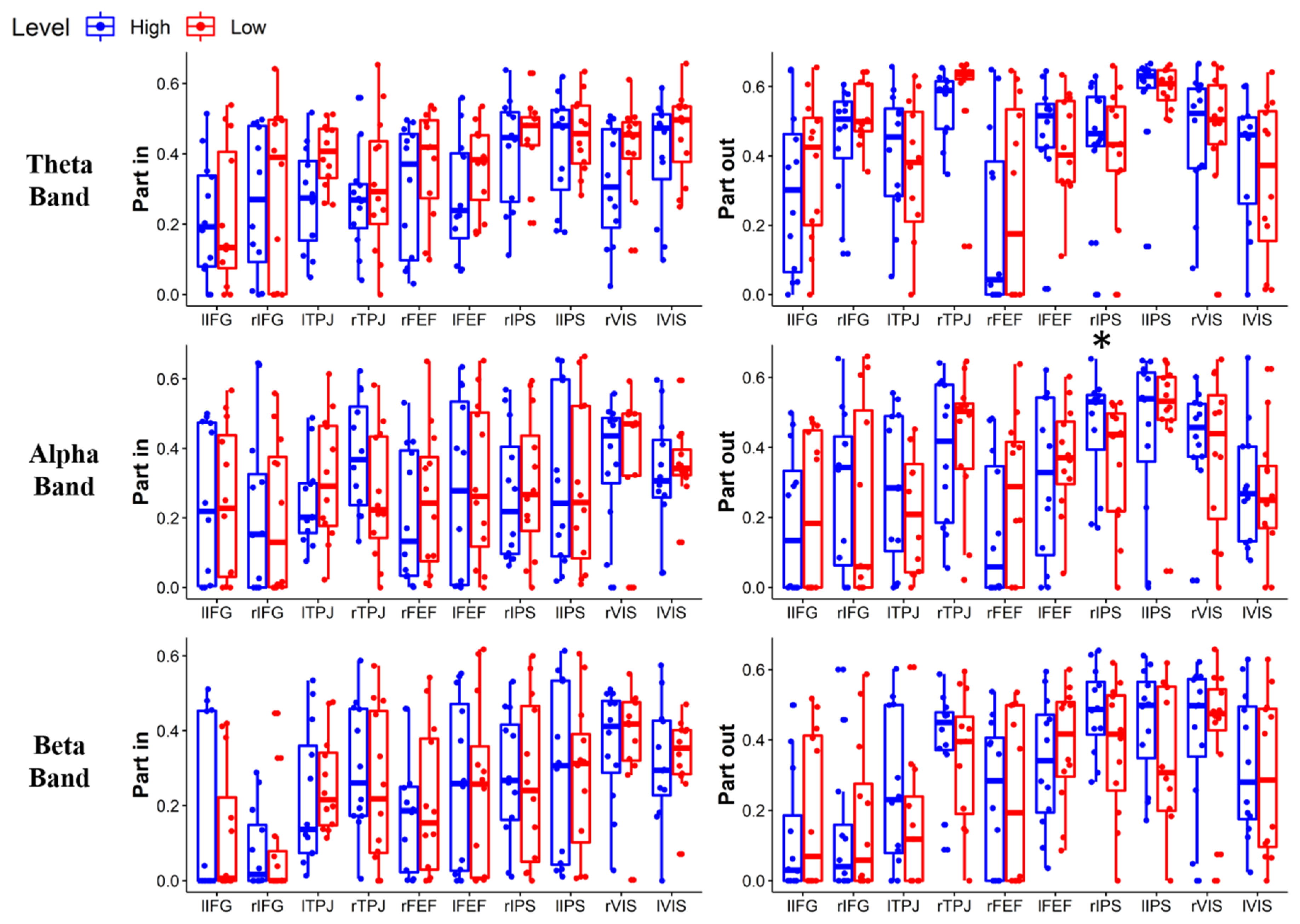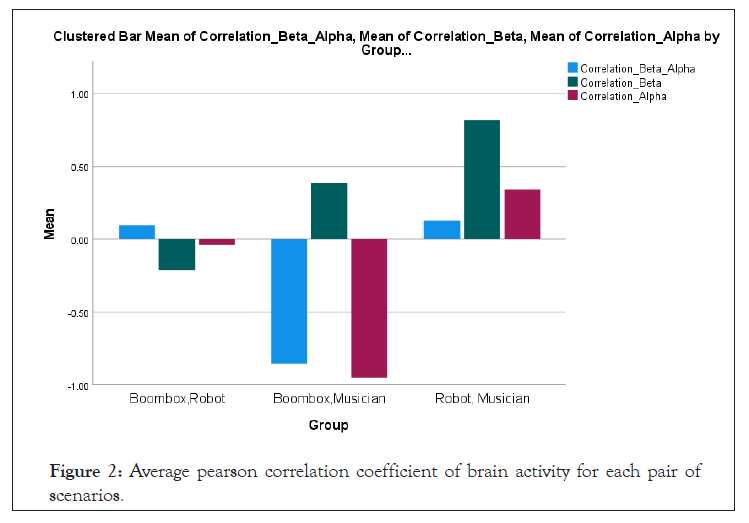

The abnormal expression or distribution of TJ-related proteins leads to the impairment of TJ integrity and increases the permeability of the BBB, which is related to a variety of CNS diseases including AD, stroke, and subarachnoid hemorrhages (SAHs) ( Yamazaki et al., 2019).

In addition, numerous studies have found that the integrity of the BBB is closely related to the functional state of TJs. Numerous membrane proteins have been identified in TJ complexes including the following: occludins the claudins CLDN-1, CLDN-3, CLDN-5, and CLDN-12 the cytoplasmic-attachment zonula proteins ZO-1, ZO-2, and ZO-3 junctional adhesion molecules (JAMs) and tricellulin ( Cuevas et al., 2019). The TJs in BMECs act as selective barriers to regulate the movement of non-ionic molecules between the blood and brain through the paracellular pathway to maintain cerebral homeostasis ( Huang Z. Tight junctions (TJs), which are highly specialized intercellular-adhesion complexes, exist in epithelial and endothelial cells ( Zhao et al., 2021).

Among these, BMECs express a wide range of transporters and receptors involved in the selective uptake of substances from the blood to the brain ( Georgieva et al., 2020). The BBB is composed of astrocytes, pericytes, and brain microvascular endothelial cells (BMECs) ( Huang Z. It separates the blood from the brain, providing a stable and optimal environment to maintain the normal functioning of neurons, transporters, and ion channels that are expressed on the BBB and involved in ion balance and synaptic function ( Chakraborty et al., 2017).

The BBB is a dynamic biological and physical barrier between the peripheral circulation and the CNS. The Blood–Brain Barrier and Alzheimer’s Disease Effective and safe regimens for curing or changing the course of AD are not currently available ( Goossens et al., 2017). Only five drugs have so far been approved by the US Food and Drug Administration (FDA) for the improvement of AD symptoms, all of which have serious side effects ( van der Kant et al., 2020). BBB dysfunction and Aβ deposition may lead to a vicious cycle that causes AD development ( Figure 1). It is a complex, dynamic, and adaptable interface, rather than a simple physical barrier ( Zlokovic, 2008). This essential structure controls the exchange of substances between the brain and the blood, maintaining homeostasis of the central nervous system (CNS). The presence of multiple Aβ clearance mechanisms in the brain reduces harmful effects of Aβ and the most momentous is Aβ transfer across the BBB ( Tanzi et al., 2004). However, the exact mechanisms of Aβ accumulation and resultant BBB damage are poorly understood ( Bourassa et al., 2019). Evidence suggests that the etiology of AD may be related to the dysfunction of Aβ clearance from the brain ( Wang et al., 2006). Aβ is composed of 36–46 amino acids and has neurotoxic effects that impair the blood–brain barrier (BBB).
How to login to thebrain 9 beta driver#
Due to the genetic and pathologic links between Aβ and AD, this theory has been widely acknowledged and has been a dominant driver of active investigation over the past three decades ( Tcw and Goate, 2017 He J.T. The amyloid-cascade hypothesis (ACH) states that Aβ accumulation and deposition in the brain is the key initial step in AD pathogenesis. There are several hypotheses considering the pathogenesis of AD, including those emphasizing roles for amyloid-β (Aβ), the Tau protein, oxidative stress and calcium, glutamatergic neurotransmission, and acetylcholine ( Bao et al., 2012 Toga et al., 2016 Sanabria-Castro et al., 2017).
How to login to thebrain 9 beta full#
However, the full etiology of most AD cases remains unclear ( Oikari et al., 2020). The cause of early-onset FAD is linked to aberrant alleles. There are two main forms: sporadic AD (SAD), which accounts for 95% of cases and familial AD (FAD), which accounts for 5% of cases ( Thal and Fandrich, 2015). The primary manifestations of AD are a progressive decline in memory, cognition, thinking, behavior, and daily activities ( van Dyck, 2018). AD is a neurodegenerative disease characterized by brain lesions related to a variety of cellular and molecular changes. There are 50 million AD patients worldwide and 10 million new cases are reported annually ( Alzheimer’s Association, 2021). Alzheimer’s disease (AD) accounts for 60–70% of all dementia cases.


 0 kommentar(er)
0 kommentar(er)
